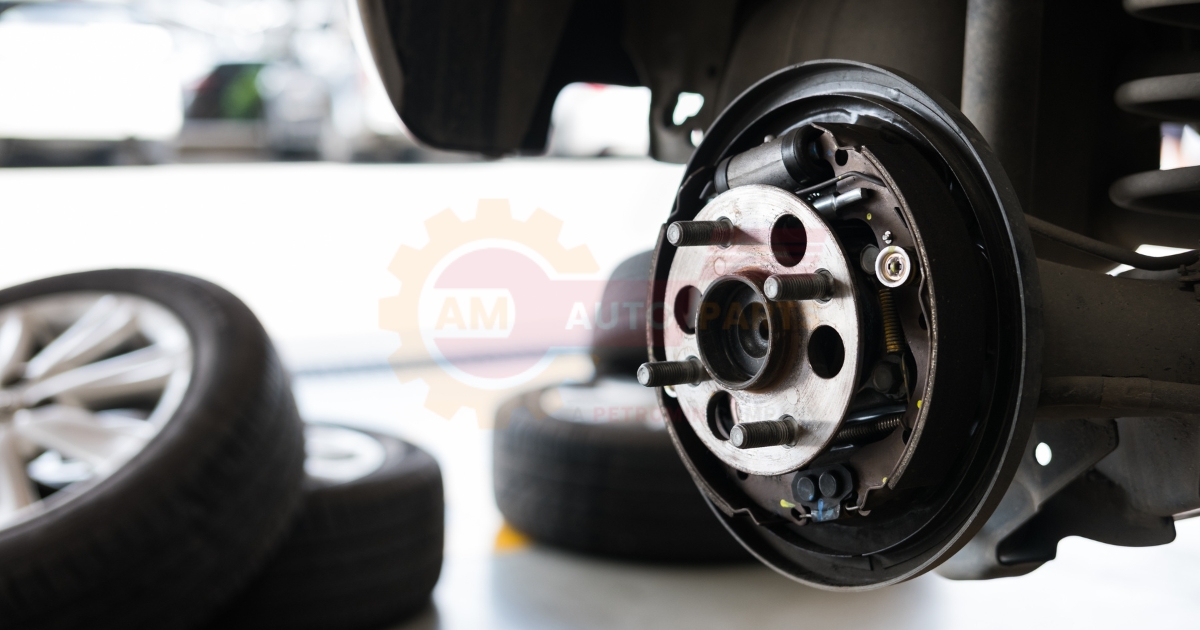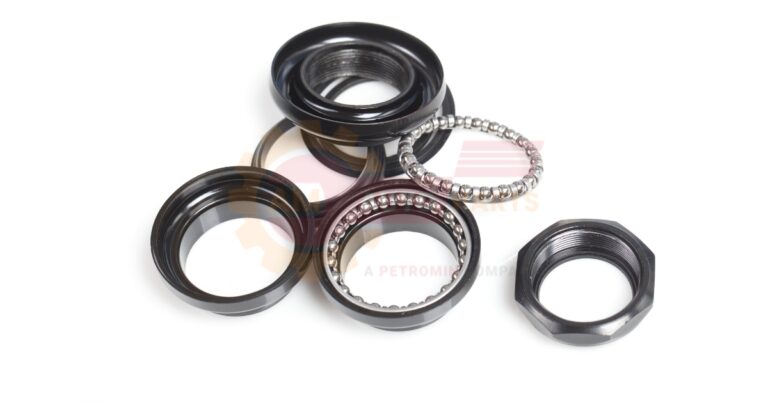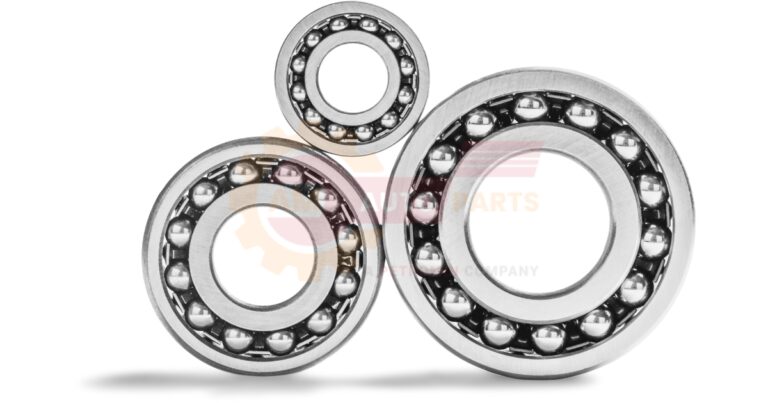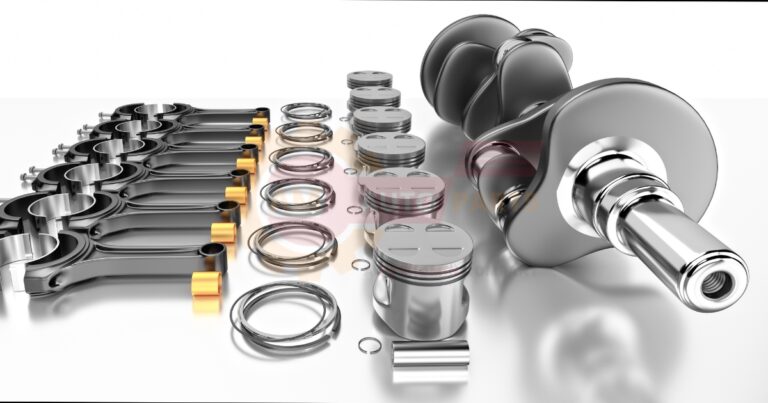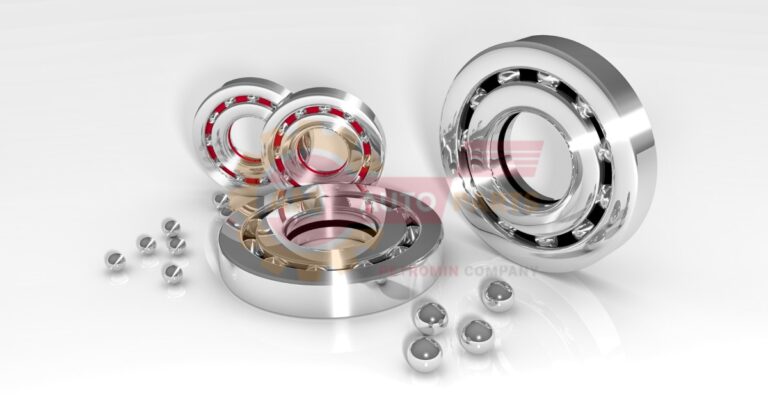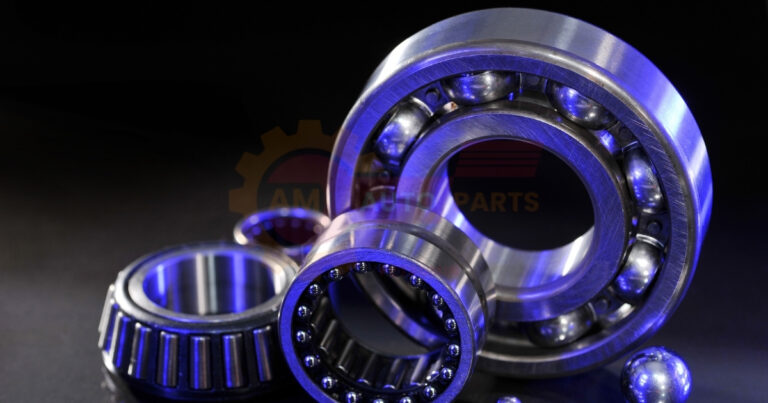What is the Cost of Wheel Bearing Replacement?
Average Cost Range for Wheel Bearing Replacement
The cost of wheel bearing replacement can vary significantly depending on several factors. On average, you can expect to pay between AED 500 and AED 1500 per wheel bearing. This range includes both parts and labor costs. The price can be higher for luxury or high-performance vehicles.
Factors Affecting Replacement Costs
Several factors can influence the cost for wheel bearing replacement. These include the make and model of your vehicle, the type of wheel bearings used, and the labor rates in your area. Additionally, whether you choose OEM (Original Equipment Manufacturer) or aftermarket parts can also affect the overall cost.
- Vehicle Make and Model: Different vehicles require different types of wheel bearings.
- Bearing Type and Quality: Higher quality bearings generally cost more.
- Labor Rates: Labor costs can vary widely depending on your location.
Front vs Rear Wheel Bearing Replacement Costs
The cost of replacing front wheel bearings is generally higher than that of rear wheel bearings. This is because front wheel bearings are often more complex and require more labor to replace.
Signs of Failing Wheel Bearings
Unusual Noises While Driving
One of the most common signs of failing wheel bearings is unusual noises while driving. You might hear a grinding, humming, or growling noise that increases with speed. This noise is often more noticeable when turning.
- Grinding Noise: Indicates severe wear.
- Humming Noise: Often a sign of early bearing failure.
- Growling Noise: Usually means the bearing is close to failing completely.
Steering Wheel Vibrations
Another sign of failing wheel bearings is vibrations in the steering wheel. These vibrations can be felt at various speeds and are often more noticeable when turning or driving on uneven surfaces.
- Low-Speed Vibrations: Early sign of bearing wear.
- High-Speed Vibrations: Indicates more severe wear.
- Turning Vibrations: Often a sign of front wheel bearing issues.
Uneven Tire Wear
Failing wheel bearings can also cause uneven tire wear. This happens because the wheel is not rotating smoothly, leading to irregular contact with the road surface.
- Inner Tire Wear: Often a sign of front wheel bearing issues.
- Outer Tire Wear: Can indicate rear wheel bearing problems.
- Patchy Wear: General sign of bearing issues.
DIY vs Professional Wheel Bearing Replacement
Tools and Skills Required for DIY Replacement
Replacing wheel bearings yourself can save money, but it requires specific tools and skills. You’ll need a jack, jack stands, a torque wrench, and a bearing press, among other tools. Additionally, you should have a good understanding of your vehicle’s suspension system.
- Jack and Jack Stands: For lifting the vehicle.
- Torque Wrench: To ensure proper tightening.
- Bearing Press: Essential for pressing the new bearing into place.
Benefits of Professional Installation
While DIY replacement can save money, professional installation offers several benefits. Professionals have the experience and tools to do the job correctly and safely. They can also identify other potential issues that you might miss.
- Expertise: Professionals have the experience to do the job right.
- Safety: Proper installation ensures your safety on the road.
- Warranty: Many shops offer warranties on their work.
Cost Comparison Between DIY and Professional Service
The cost of DIY wheel bearing replacement is generally lower than professional service, but it comes with risks. DIY costs can range from AED 150 to AED 350 for parts, while professional service can range from AED 450 to AED 1100.
- DIY Costs: AED 150 – AED 350
- Professional Service Costs: AED 500 – AED 1500
- Risk Factor: Higher for DIY due to potential mistakes.
Wheel Bearing Replacement Process 
Step-by-Step Guide for Replacing Wheel Bearings
Replacing wheel bearings involves several steps. First, you’ll need to lift the vehicle and remove the wheel. Next, you’ll remove the brake caliper and rotor. After that, you can access the wheel bearing and replace it.
- Lift the Vehicle: Use a jack and jack stands.
- Remove the Wheel: Use a lug wrench.
- Remove the Brake Caliper and Rotor: Use a socket set.
- Access the Wheel Bearing: Remove the hub assembly.
- Replace the Bearing: Use a bearing press.
Time Required for Replacement
The time required for wheel bearing replacement can vary. For a professional, it usually takes about 1 to 2 hours per wheel. DIY replacement can take longer, especially if you’re not experienced.
- Professional Replacement: 1-2 hours per wheel.
- DIY Replacement: 3-5 hours per wheel.
Common Challenges During Replacement
Replacing wheel bearings can be challenging. Common issues include rusted or seized components, difficulty in removing the old bearing, and ensuring the new bearing is properly seated.
- Rusted Components: Can make removal difficult.
- Seized Bearings: Often require special tools to remove.
- Proper Seating: Ensuring the new bearing is correctly installed.
Factors Influencing Bearing Wheel Replacement Cost
Vehicle Make and Model
The make and model of your vehicle can significantly affect the cost of wheel bearing replacement. Luxury and high-performance vehicles often have more expensive parts and require more labor.
- Luxury Vehicles: Higher parts and labor costs.
- Economy Vehicles: Generally lower costs.
- High-Performance Vehicles: Specialized parts and labor.
Bearing Type and Quality
The type and quality of the wheel bearing also influence the cost. High-quality bearings last longer but are more expensive. OEM bearings are usually more costly than aftermarket options.
- High-Quality Bearings: Longer lifespan, higher cost.
- OEM Bearings: Generally more expensive.
- Aftermarket Bearings: Often cheaper but may not last as long.
Labor Rates in Your Area
Labor rates can vary widely depending on your location. Urban areas tend to have higher labor rates than rural areas. It’s a good idea to get multiple quotes to find the best price.
- Urban Areas: Higher labor rates.
- Rural Areas: Generally lower labor rates.
- Get Multiple Quotes: To find the best price.
Importance of Timely Wheel Bearing Replacement
Safety Implications of Worn Bearings
Worn wheel bearings can compromise your vehicle’s safety. They can cause the wheel to wobble, leading to loss of control. In extreme cases, the wheel can even detach from the vehicle.
- Wheel Wobble: Can lead to loss of control.
- Increased Stopping Distance: Affects braking performance.
- Wheel Detachment: Extreme safety risk.
Long-Term Cost Savings of Prompt Replacement
Replacing wheel bearings promptly can save you money in the long run. Ignoring the issue can lead to more severe damage, which is more expensive to repair.
- Prevent Further Damage: Save on costly repairs.
- Extend Vehicle Lifespan: Proper maintenance.
- Avoid Emergency Repairs: More expensive and inconvenient.
Impact on Vehicle Performance and Fuel Efficiency
Worn wheel bearings can negatively impact your vehicle’s performance and fuel efficiency. They can cause increased rolling resistance, leading to higher fuel consumption.
- Increased Rolling Resistance: Higher fuel consumption.
- Reduced Performance: Affects handling and braking.
- Smooth Ride: Proper bearings ensure a smoother ride.
Choosing Quality Replacement Wheel Bearings 
OEM vs Aftermarket Bearings
When choosing replacement wheel bearings, you have the option of OEM or aftermarket parts. OEM bearings are made by the vehicle’s manufacturer and are generally more reliable. Aftermarket bearings can be cheaper but may not offer the same quality.
- OEM Bearings: Higher quality, more reliable.
- Aftermarket Bearings: Cheaper, variable quality.
- Warranty: Often better with OEM parts.
Warranty Considerations
When replacing wheel bearings, consider the warranty offered. Many OEM parts come with a warranty, providing peace of mind. Some aftermarket parts also offer warranties, but they may not be as comprehensive.
- OEM Warranty: Often more comprehensive.
- Aftermarket Warranty: Variable coverage.
- Peace of Mind: Warranty offers protection.
Importance of Proper Installation
Proper installation of wheel bearings is crucial for their longevity and performance. Incorrect installation can lead to premature failure and additional costs. Bearing replacement guide shows you how to swap out old bearings for new ones It helps you fix machines by replacing worn-out parts called bearings Automobile Bearing Quantity refers to the number of bearings used in a vehicle These bearings help parts move smoothly and reduce friction in the automobile
Automotive bearing fundamentals
- Longevity: Proper installation ensures longer lifespan.
- Performance: Correct installation affects vehicle performance.
- Safety: Ensures your safety on the road.
Maintenance Tips to Extend Wheel Bearing Life
Regular Inspections and Lubrication
Regular inspections and lubrication can extend the life of your wheel bearings. Check for signs of wear and tear and ensure they are properly lubricated.
- Regular Inspections: Identify issues early.
- Proper Lubrication: Reduces friction and wear.
- Check for Wear: Look for signs of damage.
Avoiding Harsh Driving Conditions
Harsh driving conditions can accelerate wheel bearing wear. Avoid driving through deep water, potholes, and rough terrain whenever possible.
- Avoid Deep Water: Can cause rust and corrosion.
- Potholes: Can damage bearings.
- Rough Terrain: Accelerates wear and tear.
Proper Wheel Alignment and Tire Balance
Proper wheel alignment and tire balance are essential for extending the life of your wheel bearings. Misalignment can cause uneven wear and additional stress on the bearings.
- Wheel Alignment: Ensures even wear.
- Tire Balance: Reduces stress on bearings.
- Regular Checks: Maintain proper alignment and balance.
By following these guidelines and understanding the cost of wheel bearing replacement, you can ensure your vehicle remains safe and performs optimally. Regular maintenance and timely replacement can save you money and provide peace of mind.
Frequently Asked Questions (FAQs)
How long does a wheel bearing replacement take?
A wheel bearing replacement typically takes about 1 to 2 hours per wheel for a professional mechanic. DIY replacement can take longer, usually between 3 to 5 hours, depending on your experience and tools.
Can you drive with a bad wheel bearing?
Driving with a bad wheel bearing is not recommended. It can lead to more severe damage to your vehicle and poses a safety risk. If you suspect a bad wheel bearing, it’s best to get it replaced as soon as possible.
How often should wheel bearings be replaced?
Wheel bearings should generally be replaced every 85,000 to 100,000 miles. However, this can vary depending on your driving conditions and the quality of the bearings. Regular inspections can help identify issues early.
What happens if you don’t replace a bad wheel bearing?
If you don’t replace a bad wheel bearing, it can lead to more severe damage to your vehicle. This includes damage to the hub, axle, and even the transmission. It also poses a significant safety risk.
